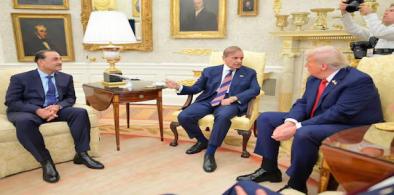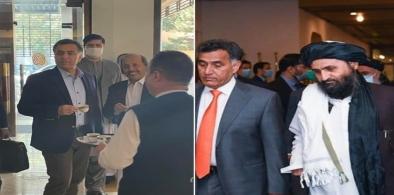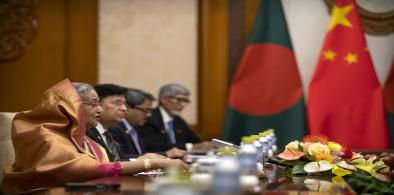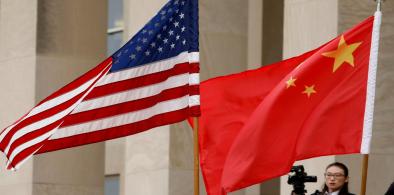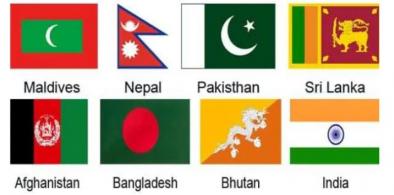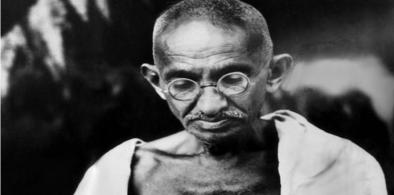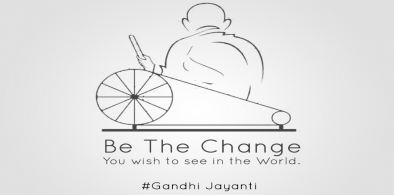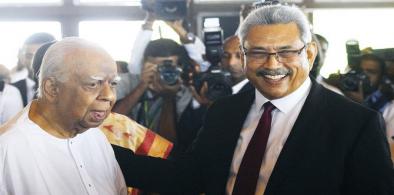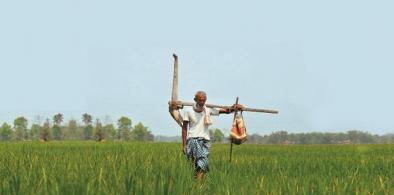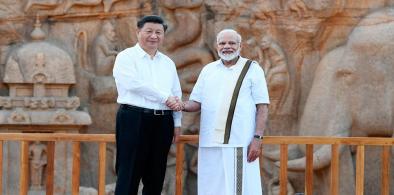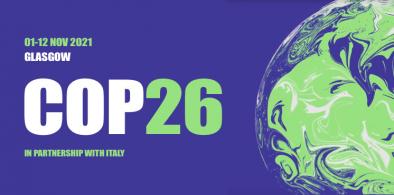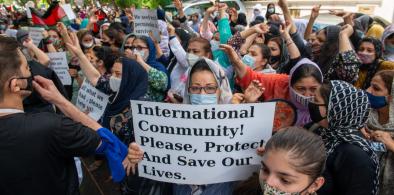Engagement with the Taliban and the latter’s return to the driver’s seat in Afghanistan allows Pakistan to bring the Afghanistan issue to the forefront of the ‘South Asia regional security architecture’, writes Anuttama Banerji for South Asia Monitor
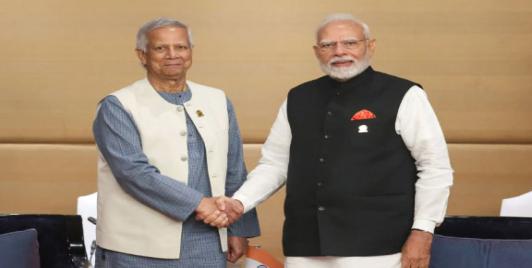
Bangladesh–India Relations at a Crossroads: Needed Recalibration, Not Rupture
The current strains in Bangladesh–India relations should therefore be seen not as an inevitable deterioration, but as a test of diplomatic maturity. Bangladesh and India share more than geography and history; they share a responsibility to ensure that temporary political frictions do not harden into structural mistrust. In a time of regional uncertainty, neither country benefits from a relationship defined by grievance or miscommunication.
A Dangerous Power Grab in Pakistan; Unpredictable Consequences For Region
The 27th Amendment, celebrated by its proponents as a security reform, is in reality a political coup executed through constitutional means. It marks not only Munir’s personal triumph but the institutional victory of the military over all other state authorities. As history warns, empowering any unelected institution above the republic’s elected will invites instability—not strength. Pakistan may soon discover that consolidating military power does not secure the nation’s future, but instead places it at greater risk
How Foreign Digital Influencers Are Tarnishing India’s Global Image
India must now transition from conventional soft-power thinking to visibility governance—the systematic management of how the country appears, circulates, and is emotionally interpreted across global platforms. Failure to do so will leave India’s global image increasingly shaped by commercial incentives outside Indian control.
Afghanistan Should Not Get Caught In The India-Pakistan Strategic Rivalry
The strengthening of Taliban-India ties runs counter to Pakistan’s interests. The more border clashes intensify between the Taliban and Pakistan, the more secure the Kashmir region and the Line of Control (LoC) become for India. Under such conditions, Pakistan will remain preoccupied with its northwestern border, giving India a unique opportunity to consolidate its control over Kashmir and potentially weaken, drive out, or eliminate Kashmiri militant groups
Bangladesh needs to be supported in thwarting Beijing's hegemonic designs
China’s growing investment and expanding economic activities in Bangladesh do not necessarily enable it to influence Dhaka’s foreign policy decisions, or seize infrastructure if loans are not repaid, or even potentially secure its support in a regional conflict, writes Rupak Bhattacharjee for South Asia Monitor
US policy paralysis at critical moments in region working to China’s advantage
The bond between US intelligence agency CIA and Pakistan’s Inter-Services Intelligence (ISI) is well known and recently declassified British documents reveal MI-6 connived with Pakistan and Taliban in Afghanistan, writes Lt Gen P. C. Katoch (retd) for South Asia Monitor
South Asian government needs to relax fiscal austerity, promote high-skill, high value-added sectors
The most important challenge for South Asia is to revive livelihoods, which the crisis has devastated across the region, writes Partha Pratim Mitra for South Asia Monitor
Mahatma Gandhi and India@75: Fabricated news making a mockery of Gandhi's quest for truth
Paradoxically, but not surprisingly, over the last six decades, the collective commitment to truth as a principle to be adhered to with Gandhian conviction has been diluted progressively, writes Cmde C Uday Bhaskar (retd) for South Asia Monitor
Mantra of development should be spirituality with high technology – the Gandhian way
Gandhi believed in all-inclusive growth and felt that India can only become a great nation when its teeming and impoverished rural masses become better off, writes Anil K. Rajvanshi for South Asia Monitor
Global efforts, moral discourses and educational awareness must for combating terrorism
Terrorists and extremists need discourses in the inculcation of eternal moral values and practicing of yoga and meditation that can contribute immensely to attaining a perfect and balanced personality as described in ancient Indian classical texts, writes Prof. Sudhanshu Tripathi for South Asia Monitor
Lata Mangeshkar, at 92, plans to croon again: The music legend's singing truly defies attitudinal and technological changes
If Lata’s ‘Allah, Karam Karna’ and ‘Allah Reham” are popular among the Muslims, two of the Indian cinema’s best bhakti (devotional) songs, “Allah Tero Naam Ishwar Tero Naam” and “Prabhu Tero Naam” are sung six decades after she rendered them in Hum Dono, writes Mahendra Ved for South Asia Monitor
Will Sri Lankan President Gotabaya Rajapaksa and Tamil diaspora shake hands?
A section of the diaspora has taken a line that it needs to bury the past and open a line with India, which many blame for the plight of the Sri Lankan Tamils, writes M.R. Narayan Swamy for South Asia Monitor
Will the Indian government’s move to use tech to fix agriculture enthuse its farmers?
But will this productivity-driving initiative really take off when the most prosperous farmers belonging to the vanguard agrarian regions of Punjab, Haryana and western Uttar Pradesh firmly remain on the path of agitation against government efforts to fix agriculture through reform? writes N. Chandra Mohan for South Asia Monitor
Can a Japan-India-Russia-China-South Korea coalition cement the Indo-Pacific?
Examining new paradigms and alternate formulations often leads to game-changing events, writes Lt Gen PR Kumar (retd) for South Asia Monitor
COP26 in Glasgow: Developed countries should stop giving excuses, keep climate finance commitments
Strangely, Kerry, while extracting ambitious emission cuts during his rounds of developing countries, does not talk about meeting the financial commitments given by President Barack Obama in Copenhagen in 2009. He talks only about initiating a ‘finance dialogue’ with developing countries, writes Rajendra Shende for South Asia Monitor
Pakistan seeks recognition of its civil nuclear program to address energy deficit
Pakistan is also one of the largest recipients of IAEA’s technical and financial help that shows Pakistan has achieved considerable expertise in the application of nuclear technology for peaceful purposes, writes Usman Ali Khan for South Asia Monitor
International community should stand by Afghan people, resettle refugees
The political crisis in Afghanistan is closely linked with the flow of refugees from the country. The latter cannot be contained without solving the former, writes Anirban Sen for South Asia Monitor
India-US ties can shape a balanced, prosperous global order
The positive roles played by the American community colleges and universities along with the contributions of the Indian diaspora in the grand American dream are among the key adhesives of the larger bilateral relationship between the two democratic giants, write Dr. Manan Dwivedi and Shonit Nayan for South Asia Monitor


